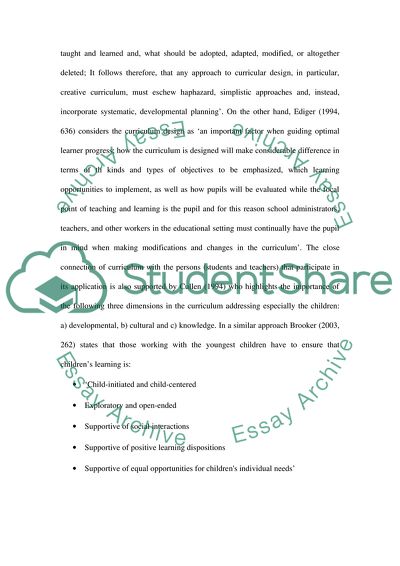Cite this document
(Curriculum Studies in the Area of Education Case Study, n.d.)
Curriculum Studies in the Area of Education Case Study. Retrieved from https://studentshare.org/education/1705912-curriculum-studies
Curriculum Studies in the Area of Education Case Study. Retrieved from https://studentshare.org/education/1705912-curriculum-studies
(Curriculum Studies in the Area of Education Case Study)
Curriculum Studies in the Area of Education Case Study. https://studentshare.org/education/1705912-curriculum-studies.
Curriculum Studies in the Area of Education Case Study. https://studentshare.org/education/1705912-curriculum-studies.
“Curriculum Studies in the Area of Education Case Study”. https://studentshare.org/education/1705912-curriculum-studies.


